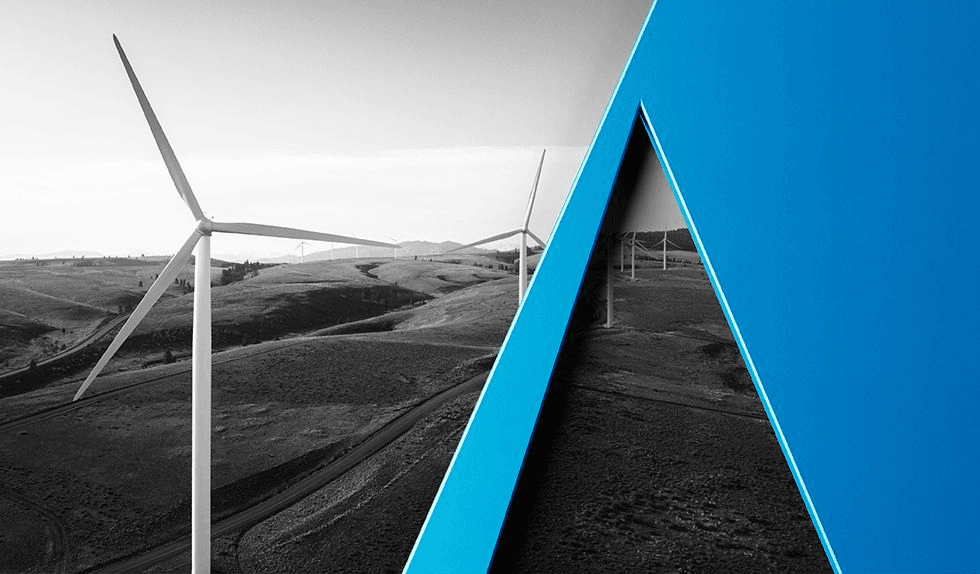The lead agency for NEPA review is the Federal Energy Regulatory Commission (FERC) if the LNG terminal is located onshore or in state waters,4 or the Maritime Administration within the Department of Transportation (MARAD) if the LNG terminal is located offshore beyond state waters.5 Some have argued that, under Section 15 of the Natural Gas Act and FERC’s implementing regulations,6 DOE may be required to issue its determination within 90 days after FERC issues its final environmental document. FERC’s authority to impose a 90-day deadline on DOE has never been litigated. Assuming FERC could impose a 90-day deadline on DOE, and DOE missed the deadline, the applicant could ask the U.S. Court of Appeals for the D.C. Circuit to set “a reasonable schedule and deadline for the agency to act on remand.”7
DOE explained that issuance of conditional export authorizations pending completion of the NEPA process – in accordance with existing regulations that DOE issued in 1981 – may not be necessary under current market conditions.8 FERC has proceeded with the NEPA review process for many LNG terminals that have yet to receive conditional non-FTA authorizations from DOE. Similarly, many applicants have been willing to devote significant time and resources to the NEPA review process (which is site-specific) without having received conditional authorizations from DOE.
DOE asserts that the proposed procedure will ensure that applications otherwise ready to proceed will not be held back by their position in the order of precedence:
[I]t is likely that if DOE were to continue on its current course in the published order of precedence, DOE would act on some applications that have yet to initiate NEPA review before acting on others that have already finished NEPA review. By removing the intermediate step of conditional decisions and setting the order of DOE decisionmaking based on readiness for final action, DOE will avoid the possibility of delayed action on applications that are otherwise ready to proceed.9
By acting only on applications that have completed the NEPA review process, DOE will likely avoid devoting resources to applications that have little prospect of proceeding.
Analysis
As of March 24, 2014, there were twenty-six applications for authorization to export LNG to non-FTA countries pending before DOE, and the order in which DOE acts on those applications is critical to the project developers. Given the continued development of other large LNG export projects globally, there may be a limited window of opportunity for U.S. companies to capture market share. Moreover, there is lingering concern that, at some point in the future, DOE may impose cumulative limits on the total volume of LNG that can be exported from the U.S. to non-FTA destinations. This concern is reinforced by DOE’s announcement, also made yesterday, that it intends to commission two new economic studies “to gain a better understanding of how potential U.S. LNG exports between 12 and 20 billion cubic feet per day (Bcf/d) could affect the public interest.” DOE stated that the cumulative impacts of U.S. LNG exports “will remain a key criterion” in future public interest determinations. If DOE were to impose administrative limits on total U.S. exports, it is not clear whether or how the limits might apply to existing projects. Under this scenario, new projects probably would face the highest risk.
The practical effect of DOE’s proposed new procedures would be to force project developers to commit millions of dollars and significant management resources to complete the NEPA process without any assurance that they will be able to secure the essential DOE export authorization. The increased risk and uncertainty may benefit projects that require only an environmental assessment rather than a full EIS, because they will be able to complete the NEPA process, and get their DOE permits, sooner, although only a few projects eligible for use of an environmental assessment remain. Greenfield projects may now face even higher risks, because they typically would require full EIS processes.
DOE states that its proposal, if adopted, would not affect the continued validity of conditional orders it already has issued. “Further, the Department will continue to act on requests for conditional authorizations during the period when the procedures proposed in this notice are under consideration.” It is not clear whether DOE will act on any request for a conditional authorization that is filed before a new rule becomes effective, but for some developers, there may be a perceived incentive to file soon.
Finally, it is not clear whether or how this new proposal and the new economic studies will affect the Congressional debate on legislation to expedite the U.S. LNG export project approval process. The Energy and Commerce Committee in the U.S. House of Representatives has passed legislation that would require DOE to approve or deny a permit application within 90 days after the close of public comment on the application. Similar legislation is pending in the U.S. Senate, although it remains unclear when or if that chamber will take it up. Initial reaction to the DOE announcement by House Republican leaders on the Energy and Commerce Committee has been negative, suggesting that these changes could slow down the approval process and discourage investment in potential projects. In contrast, some key Democratic energy policy leaders in the Senate have indicated initial support for the proposal.
1 On December 5, 2012, DOE published the order in which it intended to take up applications to export LNG to non-FTA countries. The group of applications placed first included those for which the applicant had received approval from FERC to use the FERC pre-filing process on or before December 5, 2012. The group of applications placed second included those that had not yet initiated NEPA review but had already applied to DOE. The group placed third included all applicants that had yet to apply to DOE as of December 5, 2012, regardless of their status in the NEPA review process.
2 42 U.S.C. § 4321 et seq.
3 10 C.F.R. § 1021.410, apps. A & B.
4 Section 3(e) of the NGA. 15 U.S.C. § 717b(e).
5 Coast Guard and Maritime Transportation Act of 2012, Pub. L. No. 112-213, § 312, 126 Stat. 1569.
6 Section 15 of the Natural Gas Act is implemented in 18 C.F.R. 157.22, which states: “For an application under section 3 or 7 of the Natural Gas Act that requires a Federal authorization—i.e., a permit, special use authorization, certification, opinion, or other approval—from a Federal agency or officer, or State agency or officer acting pursuant to delegated Federal authority, a final decision on a request for a Federal authorization is due no later than 90 days after the Commission issues its final environmental document, unless a schedule is otherwise established by Federal law.”
7 Section 19(d) of the NGA. 15 U.S.C. § 717r(d)(3).
8 DOE is not proposing to amend 10 C.F.R. § 590.402 and proposes to retain its discretion to issue conditional decisions in the future should conditions warrant.
9 DOE, Proposed Procedures for Liquefied Natural Gas Export Decisions 9 (May 29, 2014), available at http://energy.gov/sites/prod/files/2014/05/f16/FR%20Notice%20Proposed
%20Procedure%20Change.pdf.



